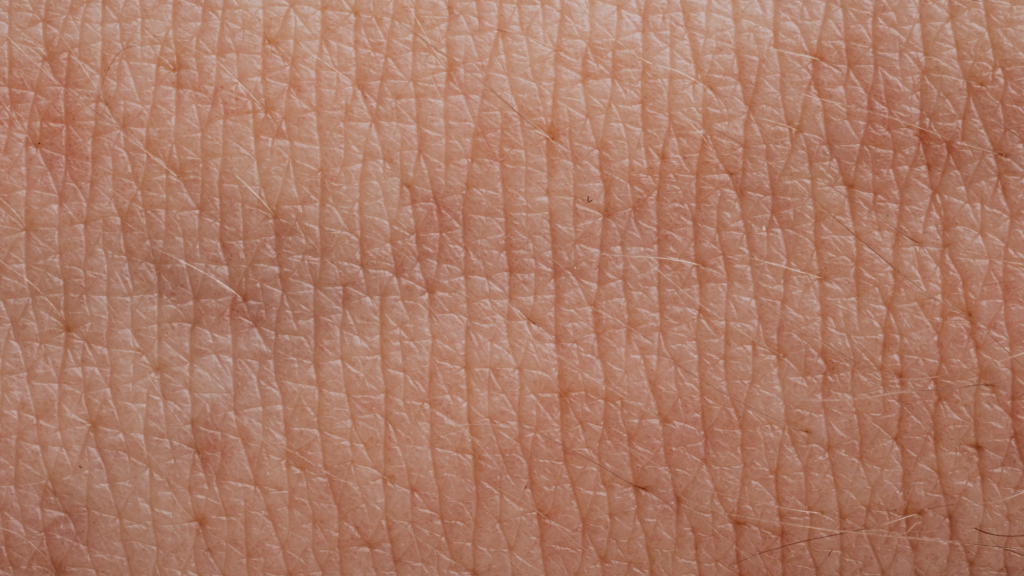FREE Shipping on Orders over $89 with Account – Create One Today!
- (844)-859-9400
- Get Help

Healing times for skin grafts can differ based on various factors, including wound size and condition, patient health, and the type of graft used. Regardless, most post-op stages occur during the three skin graft healing stages.
Let’s discuss each stage, along with other skin graft facts, in detail so that you can better understand what your recovery may look like after undergoing surgery.
A skin graft is a surgical procedure in which healthy skin from one part of the body (called the donor site), is removed and transplanted to another spot where damaged or missing skin needs to be replaced (known as the recipient site).
This process helps heal wounds and restore the appearance of scarring areas due to injury, burns, infections, surgery, and other issues. Skin grafts can also help reduce pain and improve movement. To ensure proper healing, regular dressing changes may be required.
There are three distinct phases during healing when skin tissue is transplanted.
Imbibition is the first stage in skin graft healing and occurs when fluid from the patient’s body enters the area of the wound. This process helps to create an environment that encourages growth and recovery and provides oxygen to cells, enabling them to regenerate. During imbibition, a thin film forms over the grafted area, which acts as a protective barrier for cells.
Inosculation is the joining of two pieces of tissue, allowing new blood vessels to grow and form a bridge between them. During this phase, the skin graft will develop its blood supply from surrounding capillaries and other small blood vessels. This helps it integrate with the host tissue more effectively, which aids in long-term wound healing.
Revascularization is the third stage in skin graft healing and occurs 24-48 hours after the successful attachment of the skin tissue. It is characterized by increased blood flow to the area and new capillaries and vessels forming to transport nutrients to the tissue grafts. This process relies on angiogenesis, a biological process that creates new blood vessels from existing ones.
During this stage, these newly formed vascular networks deliver oxygen and other essential nutrients to the grafts more effectively. In addition, this improved circulation, which promotes faster recovery and healthy cellular functioning.
Generally, healing occurs gradually over several weeks as the grafted skin slowly integrates with surrounding tissue and forms new blood vessels.
During healing, you will typically notice the area become redder over time, with swelling at the site. In some cases, a yellowish crust can form over the graft – this is normal and should not be disturbed unless instructed by your doctor.
As healing progresses, you may also see light pink lines radiating from the graft, which are collagen fibers that help to repair and strengthen the new skin.
Overall, it’s important to remember that healing times can vary from person to person. Following your doctor’s instructions regarding aftercare and skin graft monitoring is best. You should see positive results with proper care in a few weeks or months.
The healing process of skin grafts can be unpredictable, so it is essential to follow your doctor’s instructions and keep yourself informed of any changes to ensure optimal outcomes.
While progressions through three stages of skin graft healing may differ with various factors, monitoring these signs will give you an idea of your healing progress.
In addition to following your doctor’s instructions and using Medical Monks for any woundcare supplies needed, be sure to take good care of yourself and speak to your doctor if there are any signs of infection. It’s also important to stay organized with such things as wound care documentation and other details throughout the healing process.
Contact us today at Medical Monks for our expertise in trusted medical products that will help expedite your recovery process.

Edited for content by ADAM PAGE.
